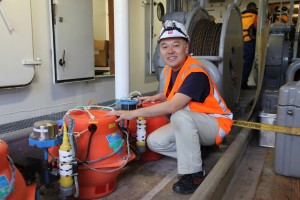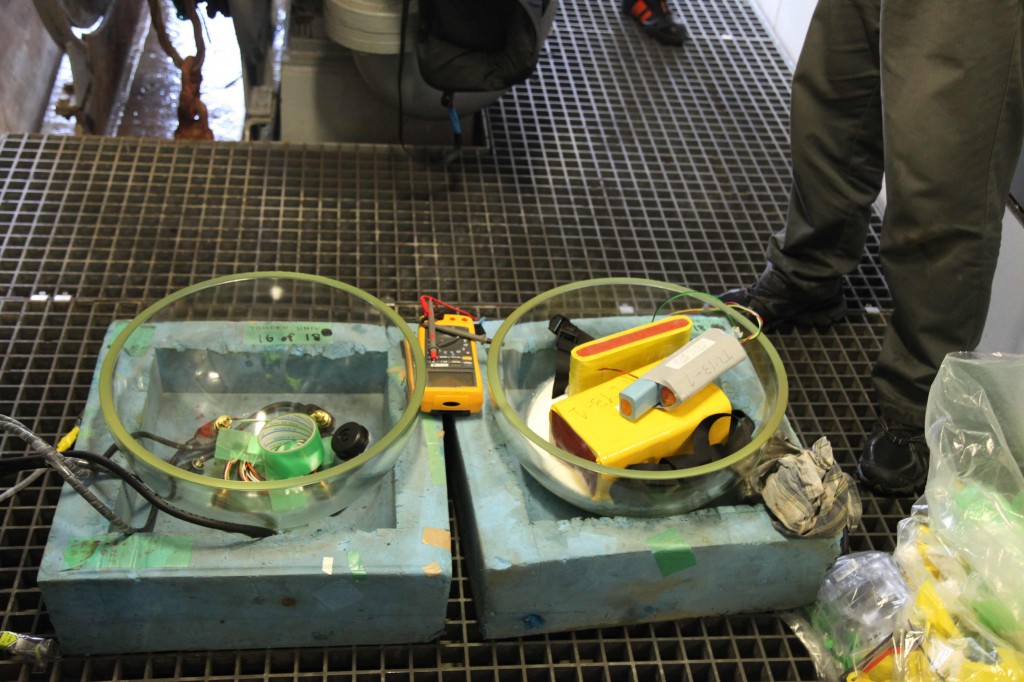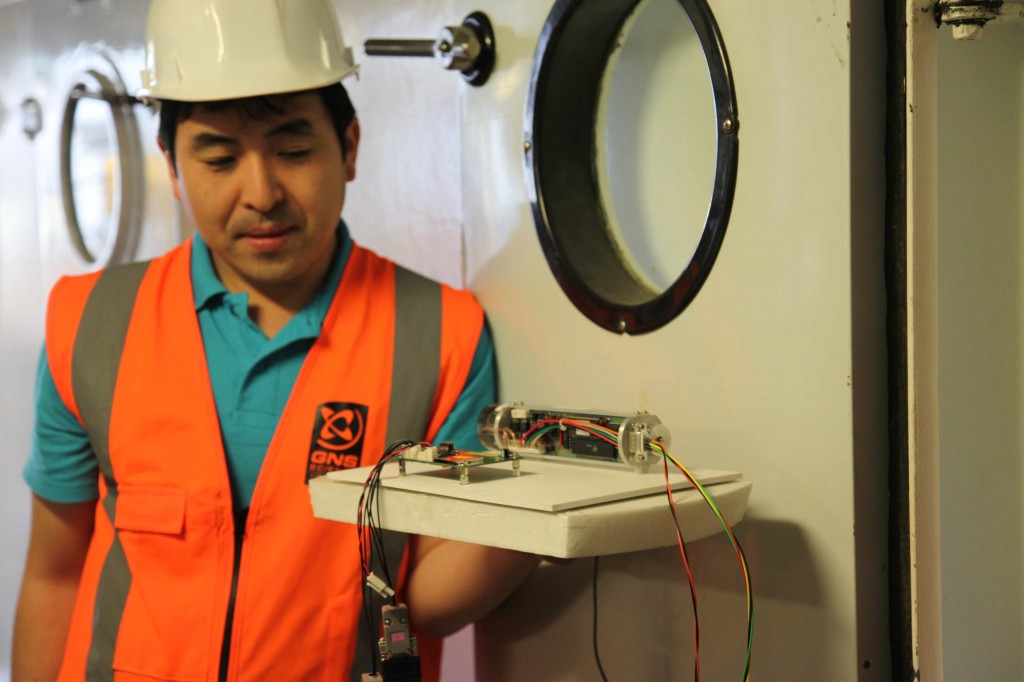By Jenny Nakai:
Yoshihiro has a good sense of humor, and his stories are told with some light irony. His story of how he got into seismology is one example. He says, “I was an undergraduate, and my friend invited me to go camping with him and a group, so I said yes, thinking that we would have a barbecue and go hiking. When we got there, all of his friends were holding seismometers, and my friend told me, you need to cook for us and take care of camp while we deploy these. Of course I did that, and one day the professor in charge of the project came to me and said, ‘You will not be able to eat dinner until you help them deploy the seismometers!’, and so I helped them.” After that experience he completed his master’s degree in seismology, studying aftershocks from the 1996 Kobe earthquake. He followed that with research in finding low frequency earthquakes in the Nankai subduction zone, and slow slip in the Japan trench by Tohoku as well as coseismic deformation.
He was also in the 2011 magnitude 9 Tohoku-Oki earthquake. He took advantage of the earthquake early warning system that alerted the public of a magnitude 5 earthquake (which was an underestimate due to the earthquake characteristics) and went outdoors, walking to the side of the mountains for safety. He found he couldn’t stand, he had to sit, and he could see waves moving across the ground. He had been preparing ocean bottom seismometers in a building, and he says “it was quite terrible”. He tried to rescue someone inside of a room, and he could only open the door. When he opened it, the man was sitting on the chair, not moving, saying, “Help, help!” His family and colleagues were not injured due to the earthquake or tsunami, although he saw collapsed walls and a dark city on his way home. He was worried about his wife and daughter, but they had been sitting in their car, listening to the radio for more information. When he returned home, his wife said, “Why did you come back home? Don’t you have a job?”
In his spare time he likes to spend time with his family and read books, and after working on many projects with ocean bottom seismometers and pressure gauges, his next goal is to work on the Japanese drilling vessel to further explore subduction zone dynamics.



